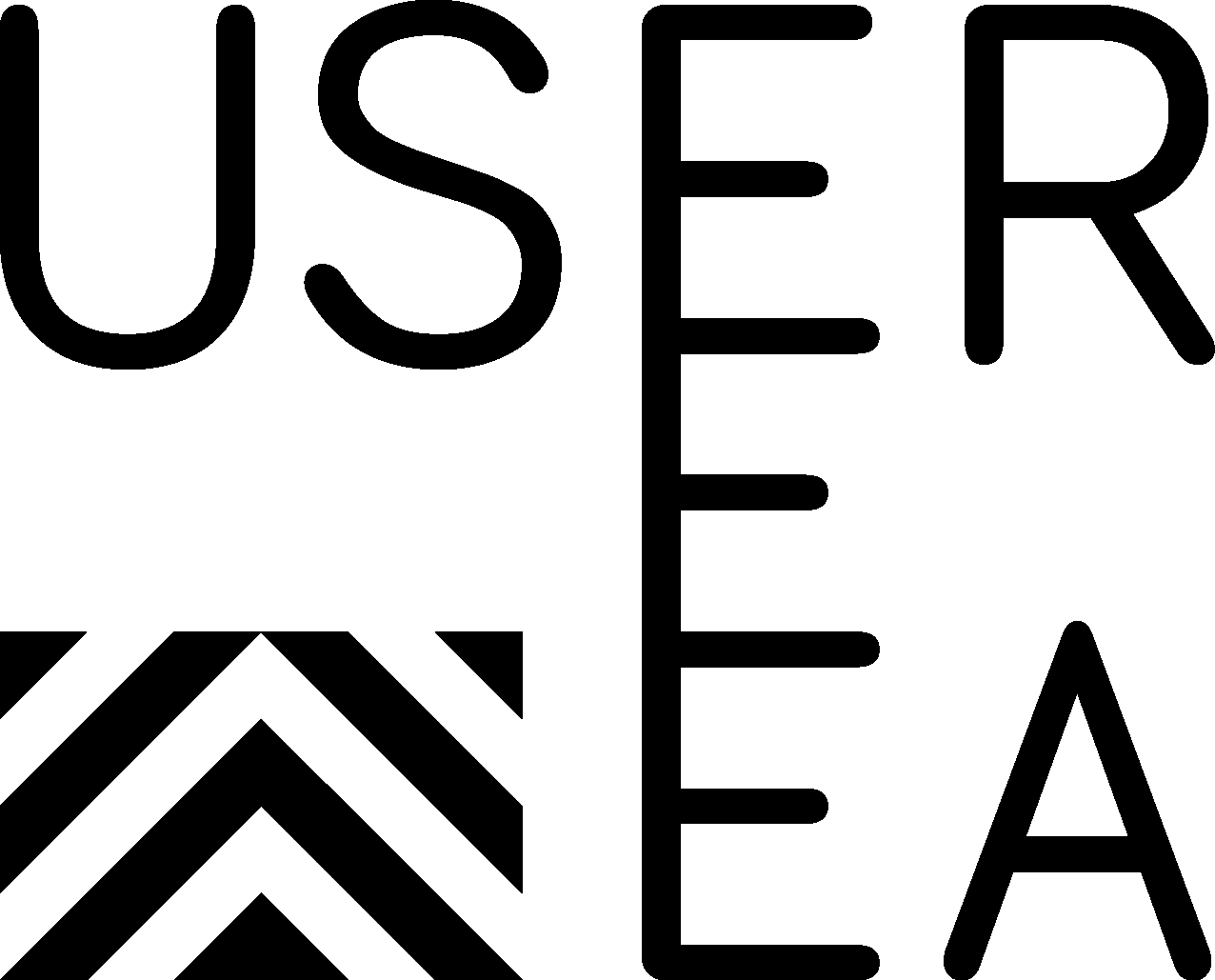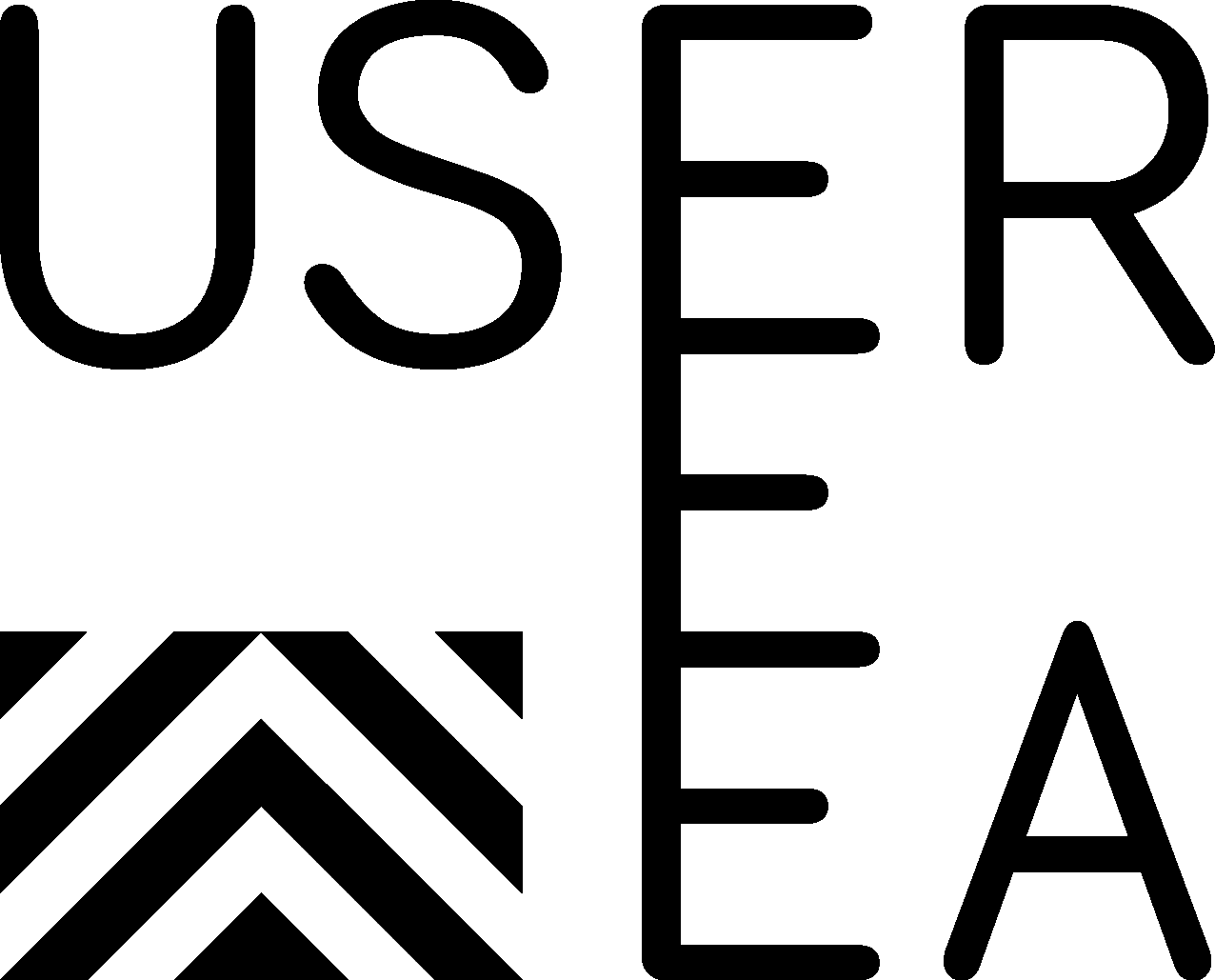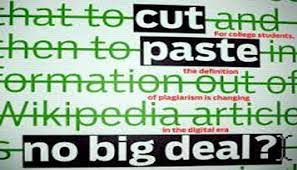Plagiarism and the Ideas Economy
Collaboration and teamwork are the modern by-lines of business management theory. But as with any good idea, if implemented without due care and attention, it can be positively harmful and counter-productive. It is often used as a smokescreen which smothers innovative and disruptive thought; when coupled with hierarchical organisational structures, it can hold back talent and prop-up incompetent managers. Worse still, it can encourage a culture which discourages the celebration of individual achievement. At its most insidious, it can create an environment where plagiarism flourishes in the new “ideas economy.”
Let’s be clear: I am not talking about the principle of re-use. I am talking about the origination of work or an idea, rather than its reuse.
I recently watched a TV programme talking about the epidemic of cheating within our education system. Some of the programme focussed on educational establishments who manipulate marking and results to improve their performance in league tables, but of equal interest is the growing trend of plagiarism by students. Students are paying others to write their work so they can pass.
When I was at University plagiarism was viewed with considerable disdain – it was intellectually ethical to acknowledge sources; plagiarism was an academic crime. When I was in education I was honestly not aware of plagiarism happening on any sort of scale, so I believe it to be a relatively modern development
Last year, just over 58000 students were investigated for plagiarism – while not all were found guilty, I assume (given that the authorities would not unnecessarily make work for themselves) this is a fairly accurate indication of the scale of the problem. An expert in the field reckons that this is just the tip of the iceberg.
I recently spoke to some students who seemed surprised that I was surprised about the extent of plagiarism – apparently they accept it as a simple fact of university life. Moreover, the habits fostered in youth (education) persist in adult and working life; I can testify that plagiarism, and claiming the credit for the ideas and work of others is rife in IT, my own profession.
We often hear that these days we live in an “ideas economy” where a bright idea can be easily and quickly realised, sometimes with spectacular financial rewards, so perhaps it is not surprising.
So is it simply a fact of life (accept it and get on with it) or is it something that we should be addressing? Many argue the case for “the TEAM” (the whole is greater than the sum of its parts etc) and argue against the identification of the role played by individuals – if a reward is given for outstanding results, it is given to the team leader and in the acceptance speech, the team leader cheesily states that it is being accepted on behalf of the team.
Personally, I believe it is important to preserve the protocol of acknowledging the origins of an idea because failure to do so is positively harmful and can discourage collaboration, which is ultimately the most productive form of working model
Let’s be quite clear – some of my best ideas have come from a chance overhearing of a conversation on a train, or seeing an advert in a shop window. My contribution is to take the snippet and mentally place it into another context, or abstract it into a useful concept. My ability to do that is based on the learning I have gained from my teachers and others, and from the incalculable number of messages from a variety of media (books, newspapers, film) that I have assimilated during my life. We all do this in one way or another. The knowledge and expertise of all human beings is founded on an accumulation of what has gone before.
However, the plagiarism in IT far exceeds this “natural” leveraging of accumulated knowledge. It extends to actually taking a fully-fledged idea and promulgating and implementing it, without any public acknowledgement of its derivation.
Commercially, this is a scenario where a large organisation with deep pockets and / or deep-rooted influence has the capacity to take the intellectual capital of an individual and popularise and exploit it. We all acknowledge that is wrong, but we know that it has always happened
However, in the workplace, this now takes a more insidious form; the pretext of harnessing the power of the team, which is greater than the sum of its parts, is a smokescreen for a number of far-less altruistic motivations. In this context, ideas and disruptive thinking is credited to the team rather than to individuals – yet if you consider, it is almost impossible for a group to come up with an innovative idea – while the elaboration may be a product of team work, the original concept is always the brainchild of an individual.
In some ways, plagiarism in the workplace is understandable
• In many industries, people now play out their working lives against a permanent backdrop of cost-cutting, with its unspoken threat of job losses – “will I be next” must go through the minds of the vast majority?
• Only last week, I attended a social event which was a joint function for 80-odd Civil Servants leaving a major central government department under a “Voluntary Early Departure Scheme.” Many said that they were relieved that the end of their civil service careers had arrived, and that they would no longer operate under the threat of it; especially since most had secured jobs as consultants working for companies supplying to the government. It was ever thus!
• In this scenario, the temptation to try to grab some recognition (or at least reflected glory) for a new and successful idea, must be huge
Some while ago I read an interesting book “Make your Brain Work” by Amy Brann. This is a very interesting and complex topic, but very simplistically: thoughts consist of patterns of electrical impulses between neurons, and the patterns are learned and then strengthened by repetition. It thus follows that innovative thinkers are often wired differently to others (otherwise they wouldn’t be innovative!) and therefore likely to be serially-so.
Consequently, innovative thinkers are usually identifiable and therefore can be “targeted” by the plagiarist as a ready and regular source of free currency in “the ideas economy.”
Is this such a bad thing – looking at this from society’s perspective, surely the important thing is that the idea gets harvested and incubated to the benefit of all? And from society’s point of view, I would agree.
However, consider for a moment the impact on the “victim”:
• Innovative thinking does not come simply from “flashes of inspiration” – they come from training of the electrical patterns in the brain. This training is often (although not always years of study and experiences; some of that experience may have been extremely painful and difficult – the emotional trauma of a very public failure, the problems of social rejection or financial difficulties – in other words, a price has been paid. Yet in modern society it now seems acceptable to pick up these ideas and run with them without even so much as a backward glance at the originator
• Everyone works to earn a living; that is common to all of us. However, the motivation to work is multi-dimensional: on top of that baseline of working to live, some work for the accumulation of large sums of money; others work for status and power; while some work for acceptance and recognition.
Consequently, for those people who work for acceptance and recognition (and I’d suggest that a disproportionate number of innovative thinkers fall into this category) this failure to acknowledge the source of original thinking is clearly destructive of that motivation.
As evidence to support this:
• Earlier in this piece, I suggested that academia has traditionally been a bastion in the war against plagiarism – I’d suggest that this stems largely because it threatens the motivation of innovative thinkers
• At top-level sport, the Aussie cricket teams under successive captains Allan Border, Steve Waugh and Ricky Ponting were arguably the most successful teams in history. Crammed with cricket super-stars such as Shane Warne and Glen McGrath, one of the pillars of their success was the strong current of “mateship” which flowed through the group. Such overwhelming success and dominance could not have been achieved without rock-like team-spirit. Yet, a fundamental of “mateship” is that everyone celebrates and encourages the individual achievements of your mates. I think that the Aussie cricket team is irrefutable proof that individuals and their successes can be accommodated within the framework of a successful team
Dad’s Army (the repeats of which are currently being shown on BBC2 and are attracting large audiences – programme schedulers please take note) not only credits the writers for each episode, but carries a permanent credit “Based on an idea by Jimmy Perry.” This protocol of giving credit to the origin of the idea is a long-standing tradition in the Arts. For years, Coronation Street credits have always credited Tony Warren for the original idea. The arts (theatre, music, film) have always been careful with regard to acknowledging the origin of an idea as well as producer, director and player of the output.
The Arts are equally careful with copyright, and this is where I believe they (quite properly) diverge from real life. Copyright, by its very nature, discourages re-use; on the other hand, re-use is a concept which should be encouraged in human society. Beside the fact that re-use is a form of flattery, re-use is fundamental to the process of building the edifice of human knowledge. On the other hand, plagiarism erodes the foundation of that edifice


